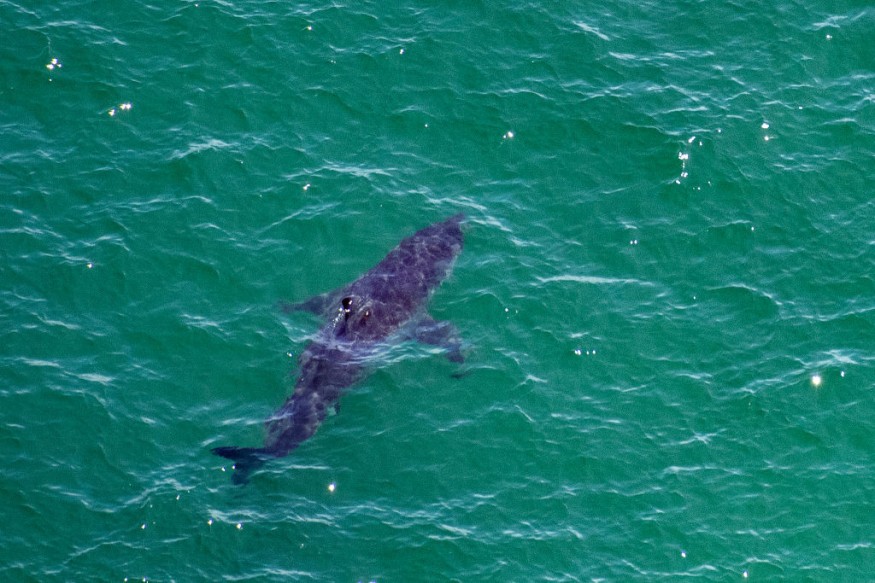
Scientists discovered that the great white shark found off the waters of Australia was disemboweled by orcas.
They found out that the orcas feasted on the marine mammal's liver.
Great White Shark
Experts said that the mutilated great white shark that was washed up in Australia in October was mauled by orcas and. They stressed that the carcass was "loaded" with the orcas' DNA.
To recall, only the shark's head and spine remained when it appeared on a beach in Portland, Victoria.
This then fueled speculation that orcas disemboweled the great white shark (Carcharodon carcharias) to feast on its liver - similar to the previous attacks that have been recorded off the coast of South Africa in the past several years.
The necropsy had revealed that the orcas (Orcinus orca), also known as killer whales, were indeed responsible for the gruesome attack against the great white shark.
Experts said that the inspection of the shark had shown characteristic bite marks right in the pectoral girdle and right between those fins under the belly, noting that these were quite typical of killer whales where they effectively suck out the liver.
The shark - which scientists estimate measured over 16 feet or 4.9 meters long when alive - provides the first evidence of orcas predating on a great white species off Australia's coast.
Fisherman and bait shop manager, Ben Johnstone, estimated before that the shark was about 3 meters when he inspected the remains after receiving a tip-off.
Initially, authorities already said that the apparent injuries to the shark showed that orcas were really responsible. They said that two days prior to the incident, a pod of killer whales had also been seen circling in the bay by nature photographer Allen McCauley.
Based on records, experts said that orcas in these waters are known to kill blue sharks (Prionace glauca) and shortfin mako sharks (Isurus oxyrinchus) to eat their livers.
Further, they suspected that some great whites may have met the same fate due to several aggressive interactions recorded off Kangaroo Island and the Neptune Islands in southern Australia.
However, these incidents were never confirmed.
What Are Orcas
Orcas live in family pods of up to 50 individuals. Calves do not leave their mothers' sides when they become adults, and sometimes people will find pods containing four generations.
The eldest female orca is in charge, telling the group when and where to feed.
Experts said that to be a successful orca, one must need to master a huge range of skills: hunting tactics, social interaction, knowledge of feeding and breeding grounds, and migration routes.
Adult members of the pod teach the young these essential life skills, and one day they will pass on these skills to their own children.
Experts said that this knowledge forms a kind of orca ''culture.'' handed down from generation to generation.
Orcas hunt in packs, coordinating their feeding raids with incredible skill.
They eat a variety of different prey, including fish, seals, dolphins, sharks, rays, whales, octopuses and squids.
Related Article : Dozens of Sharks Avoid South African Waters as Killer Whale Duo 'Port' and 'Starboard' Hunt Them
© 2025 NatureWorldNews.com All rights reserved. Do not reproduce without permission.





